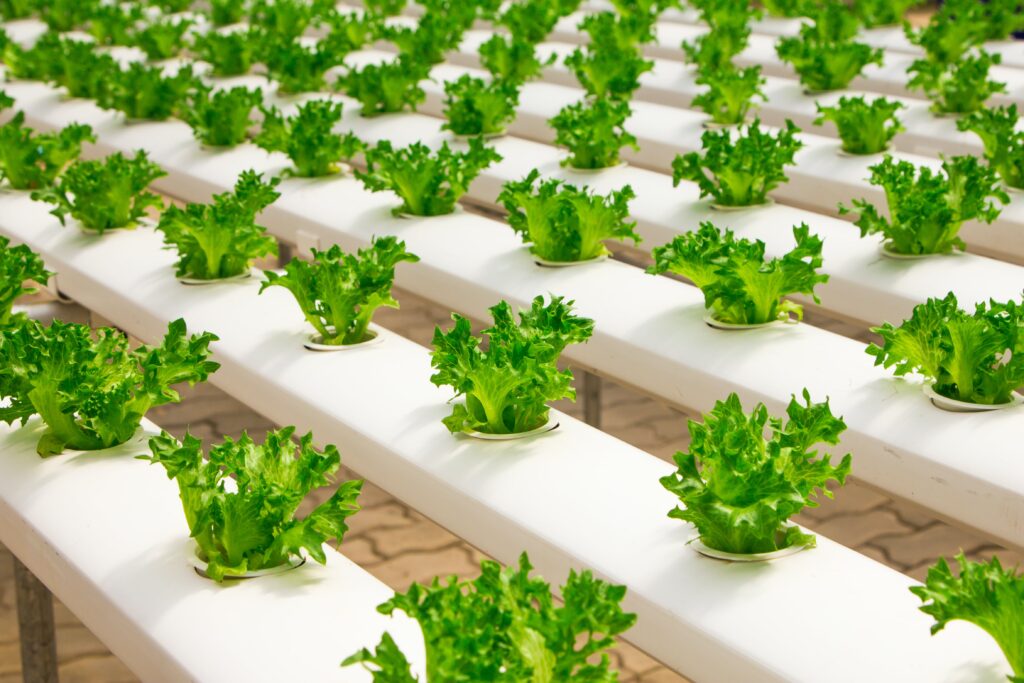In recent days a decent number of homes are searching for ways to reduce their environmental impact and save some money on the electricity bills as the prices are at an all-time high. A solution that always comes to the mind is a home biogas system. But are these systems really akin to a green revolution, or are they only another exaggerated hoax?
What Are these home biogas systems?
the bacteria present in a biogas system digest away the biodegradable waste and turn it into useful methane gas and other byproducts ( manure). After the process this methane gas can be used for heating, cooking, to produce power and sometimes even run cars on this biomethane.
Firstly, we need to have a Biogas digester unit- this is usually built out of plastic, fiberglass and at large scale model it built out of concrete and cement. This is the first step in setting up a home biogas system. The organic material or the biodegradable wastes a house produces like vegetable peels, leftover food products, etc, all of these stuffs are broken down by the microorganisms in this closed, oxygen-free environment to generate biogas (methane)
Benefits of DIY Biogas
By collecting methane from the decomposition of organic waste in your garden, DIY biogas systems provide a sustainable fuel source and many other advantages over standard energy sources. By ensuring a consistent supply of sustainable energy, this procedure lowers home costs for natural gas, electricity, and heating oil, resulting in considerable savings.
These systems also prevent moist organic waste from taking up valuable space in landfills and emitting damaging greenhouse gases into the environment by creating biogas instead of the garbage. Furthermore, the remaining digested slurry is an excellent source of nutrients for your plants and garden as it is an organic fertilizer. All things considered, DIY biogas systems offer a financially viable and environmentally beneficial way to produce electricity, all the while lowering waste and encouraging sustainable farming techniques.
The Possible Drawbacks
Although there are numerous advantages to residential biogas systems, there are also certain limitations and drawbacks to take into account. A significant disadvantage is the expensive initial outlay, which can range from $5,000 to $15,000 for the purchase and installation of a full setup. Regular maintenance is also necessary for these systems since efficient and safe methane generation depends on the biogas digesters’ active management and upkeep.
Another drawback is the inability of most home-scale systems to create enough biogas to fulfill all of a household’s energy needs; this means that fuel output is limited. Furthermore, methane’s strong flammability raises concerns about safety hazards. To avoid mishaps and guarantee the system operates safely, adequate ventilation and strict safety measures are crucial. Even with these difficulties, residential biogas systems are still a good choice for sustainable energy and waste reduciton with careful consideration and management
Do They Make a Difference?
Therefore, are home biogas systems a genuine green revolution or just a novelty that is overhyped and unworkable? Most likely, the truth falls somewhere in the middle.
In cases when homeowners wish to totally disconnect from the grid or generate all of their own energy locally, a modest biogas system is often insufficient. Yet biogas may be included in a varied and sustainable energy mix when combined with other renewable energy sources like solar, wind, or geothermal energy.
Biogas digesters can be a cost-effective solution for environmentally concerned households that are prepared to make the initial investment and maintain the system in order to minimize waste, save energy expenses, and lessen their carbon footprint. Just keep in mind that they won’t be a panacea.
Ultimately, solutions like home biogas systems will probably continue to gain popularity as long as energy prices keep rising and the effects of climate change get worse. However, they’re not for everyone; prospective owners should enter the market with reasonable expectations regarding expenses, skills, and upkeep needs.
If you enjoyed this blog of mine, please share it with other people and comment below. If you are a returning reader, you are my stars for whom I am still running this website. I am really grateful for your time and am improving my website and my writing for a better user experience. Please bear with me for any inconvenience caused. Thank you so much for reading.
Check out my YouTube channel



